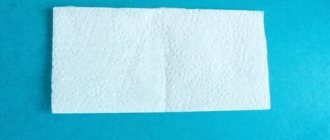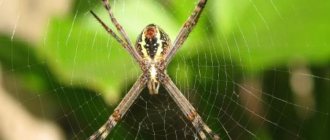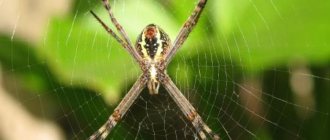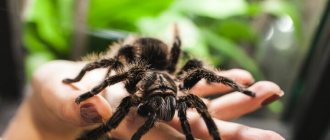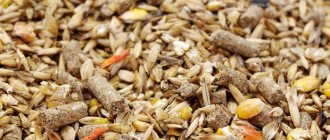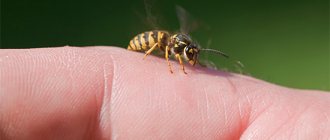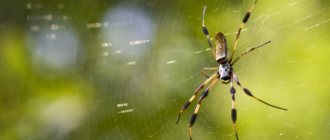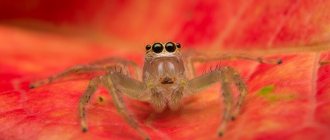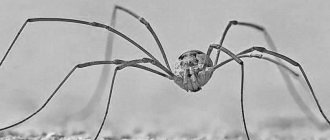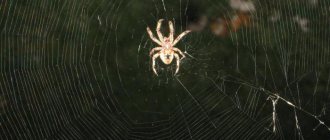Many animals know how to build homes and traps using available materials. For example, almost all birds make their own nests, and bees create huge hives. But some of the most complex structures are created by spiders, which secrete webs from their glands and weave traps for their victims. When prey is caught on sticky threads, each spider quickly rushes to it to sprinkle it with poison to turn all the insides into a nutrient mixture. Scientists have been monitoring these amazing creatures for many years and discover something new every time. For example, scientists from the US state of Maryland recently used night vision cameras and artificial intelligence to better understand the method of weaving spider webs. It turned out to be quite an interesting video.
Artificial intelligence has suggested how spiders weave their webs
What is a web?
The web is the secretion of the arachnoid glands, which are located at the back of every spider's body. Inside the gland, this substance is in a liquid state, but as soon as it is exposed to air, it instantly hardens in the form of threads. The main component of the spider thread is the protein fibroin , which in contact with air gives it strength. It is believed that one strand of spider web is several times stronger than a human hair of the same thickness. Spiders have several types of glands, each of which produces a different type of web. One variety is needed to create the base of a trap, another is used to weave a “catching” net, a third is used to bind the victim, and so on.
Spider releases web from arachnoid gland
A wonderful creation of nature - the web
Cobweb
A person doesn’t even imagine how fabulous this thing of nature is when, stumbling upon a cobweb in the park, he irritably brushes it off his face. If the length of an ordinary web were equal to the length of the equator, it would have a mass of only about 0.4 kg. It turns out that the simplest spider has the strongest and most elastic material found on planet Earth. By secreting an adhesive component to lubricate the web threads, the spider can weave them of varying lengths and thicknesses.
With the help of thin threads of web stretched in different directions from its shelter, the spider, which has naturally poor eyesight, is able to communicate with the environment. The web is his material for construction. Also, with its help, the spider extends its genus and habitat - the flying web takes its offspring with it far from the place of birth.
Interesting: Mantis
